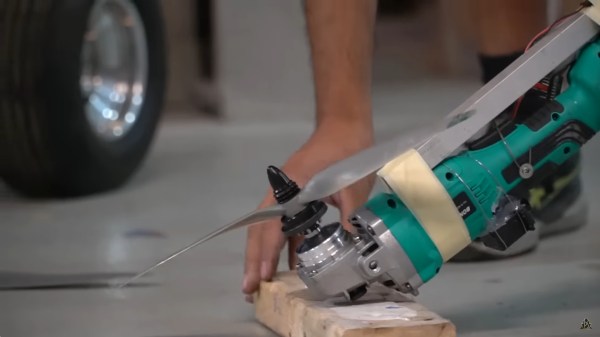The Roland CM-500 is a digital synthesizer sound module released in 1991 that combines two incredibly powerful engines into one unit. However, in 2005 enthusiasts of the Roland MT-25 (one of the engines that went into the CM-500) noticed a difference between the vibrato rate on the MT-25 and the CM-500, rendering it less useful as now midi files would need to be adjusted before they sounded correct. Now thirty-something years later, there is a fix through the efforts of [Sergey Mikayev] and a fantastic writeup by [Cloudschatze].
They reached out to Roland Japan, who decided that since the device’s lifecycle had ended, no investigation was warranted. That led the community to start comparing the differences between the two systems. One noticeable difference was the change from an Intel 8098 to an 80C198. In theory, the latter is a superset of the former, but there are a few differences. First, the crystal frequency is divided by three rather than two, which means the period of the LFO would change even if the crystal stayed the same. Changing the 12 MHz crystal out for 8 MHz gave the LFO the correct period, but it broke the timings on the MIDI connection. However, this is just setting the serial baud rate divisor, which requires changing a few bytes.
Replace the ROM chip with a socket so you can slot your newly flashed PDIP-28 64kx8 ROM into a quick desoldering. Then swap the crystal, and you’ll have a machine that matches the MT-25 perfectly. The forum post has comparison audio files for your enjoyment. Finally, if you’re curious about other fixes requiring an inspiring amount of effort and dedication, here’s a game installer that was brought back from the dead by a determined hacker.




















